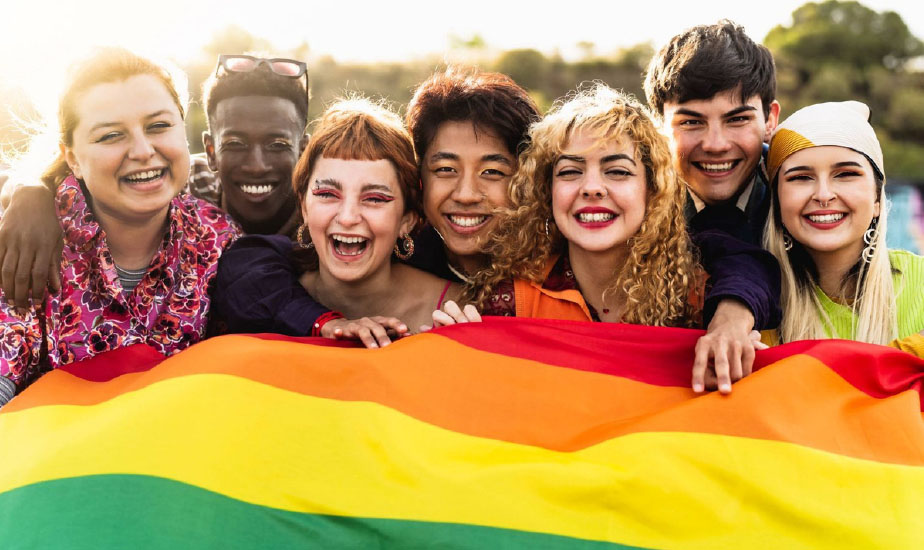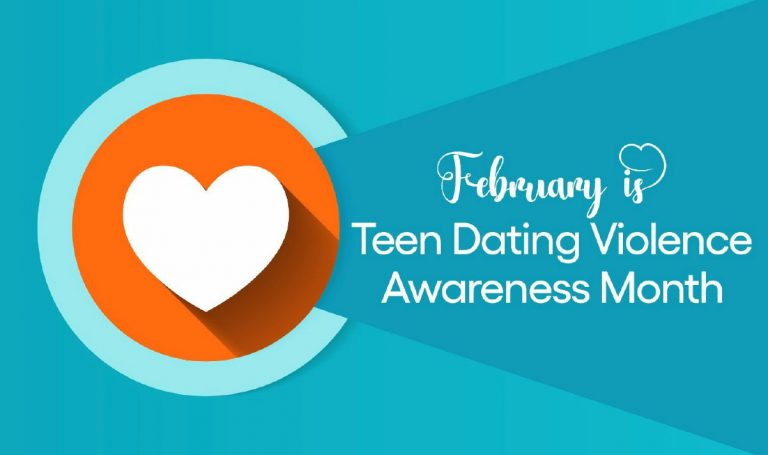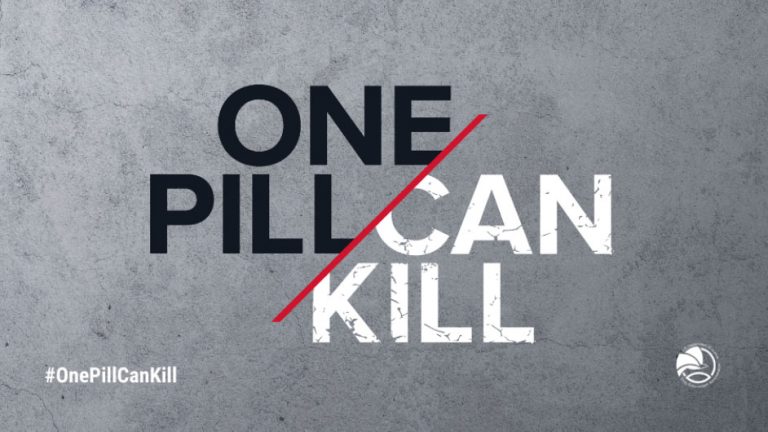KNOW! the Facts about Transgender and Nonbinary Youth Mental Health
March 31st is International Transgender Day of Visibility (TDOV). The day is dedicated to celebrating the lives, contributions, and accomplishments of transgender and nonbinary people while drawing attention to the discrimination the trans community faces. 1 Transgender and nonbinary youth are at an increased risk for suicide and substance use compared to their cisgender peers. 2,3 Research shows that part of this elevated risk is due to the social stigma, prejudice, and discrimination directed toward the transgender community and transgender individuals. 4 Transgender and nonbinary youth may experience personal rejection, hostility, harassment, bullying, and physical violence, which significantly contributes to their risk for suicide and substance use. These stressors are heightened for transgender and nonbinary youth of color.
As TDOV approaches, it’s important to learn about the mental health challenges facing transgender and nonbinary youth and how you can support the mental health of the young transgender and nonbinary people in your life.
Know! the Facts
Suicide is the third leading cause of death for youth ages 15-24. Research suggests that LGBTQ+ youth are two to seven times more likely to die by suicide than their heterosexual and cisgender peers. In 2022, 45% of LGBTQ youth seriously considered suicide, including more than half of transgender and nonbinary youth. Nearly one in five transgender and nonbinary youth attempted suicide in 2022. 2
Transgender and nonbinary youth are not inherently prone to suicide risk because of their gender identity. They experience higher rates of bias, discrimination, family rejection, stigma, and mistreatment, which places them at higher risk for mental health challenges. 2,3
Know! the Protective Factors
Mental health protective factors are characteristics associated with a lower likelihood of negative mental health outcomes or that reduce the impact of risk factors. Evidence-backed protective factors for transgender and nonbinary youth include:
- Social support from family, trusted adults, and friends
- In 2022, LGBTQ youth who felt high social support from their family reported attempting suicide at less than half the rate of those who felt low or moderate social support (6% vs 16%). 2
- Transgender youth whose families affirm their gender identity are as psychologically healthy as their cisgender peers. 9
- Community acceptance of LGBTQ+ people
- In 2022, LGBTQ youth who live in a community that is accepting of LGBTQ people reported significantly lower rates of attempting suicide than those who do not (8% vs 21%). 2
- Access to LGBTQ-inclusive medical and mental health care. 4,8
- Access to LGBTQ-inclusive drug-free environments, such as after-school programs and community centers. 3
Know! What You Can Do
Research shows that the family and community surrounding transgender and nonbinary youth significantly impact their mental health and well-being. The Family Acceptance Project’s research indicates that family behaviors promoting self-esteem, health, and strong relationships protect against suicidal behavior, depression, and substance use. 10 The following list outlines a few action steps that you can take to engage in these protective behaviors.
Be welcoming to their LGBTQ friends or partners
Support systems that include other LGBTQ people are important to transgender and nonbinary youth and their mental health. Welcome their LGBTQ friends into your young person’s life. 2
Talk with them respectfully about their LGBTQ identity
Ask about their identity and listen when they share their experiences with their gender. Try to respond without judgment. Unless they tell you it is okay, do not disclose their LGBTQ identity with anyone else – allow them to come out on their own terms. Don’t be afraid to ask about their mental health too – this is key to being part of their support system. 2,9,11
Use their name and pronouns correctly
Listen to how your young person wants to be addressed, and do your best to use the correct name, pronouns, and form of address for them. Practice talking about the person with their correct name and pronouns. For example, “Jane excels in science and math. She is exceptionally good in geometry. She could be very successful in a career utilizing math,” or “Sam likes comic books. He is very talented at drawing anime. He has his own Instagram page sharing his artwork.” If you make a mistake, apologize quickly without making a huge deal of the mistake or how bad you feel about it. Show your support by committing to doing better moving forward. 2,11
Support their gender expression
Gender expression is how people present their gender, including their physical appearance, clothing, hairstyles, and behavior. Support your young person’s gender expression by taking them shopping for a piece of clothing that feels “just right” or allowing them to get the haircut they’ve been wanting. 2,11
Educate yourself about LGBTQ people and issues
Look for resources and programs that discuss what it means to be transgender and nonbinary. The resources listed at the end of this tip may be a helpful place to start. 2,6
Advocate on the behalf of your young person
There are more than 490 anti-trans bills currently proposed in the United States and four in Ohio. Trans and nonbinary youth are well aware of the legislation being proposed against them. Community acceptance significantly lowers the rates of attempting suicide. By advocating against policies that harm transgender and nonbinary youth, you can increase community acceptance and decrease suicide risk factors. 4
Stand up for your young person
If other members of your family or friend group mistreat your young person because of their gender identity, stand up for them. Emphasize that your young person deserves their respect, even if others believe that being transgender or nonbinary is wrong. 10
Own your mistakes
No one is perfect and old habits die hard. You will likely make mistakes in your effort to support your young person’s gender identity. When you make a mistake, like forgetting a person’s pronouns, take responsibility and apologize. Listen when your young person tells you how your actions made them feel. Use mistakes as an opportunity to learn, grow, and do better in the future. 11
Terminology
Transgender, or trans, is an umbrella term for people whose gender identity is different from the sex assigned to them at birth.
Nonbinary is an identity embraced by some people who do not identify exclusively as a man or a woman.
Cisgender, or cis, generally refers to people who do not identify as transgender. Cisgender describes people whose gender identity or expression aligns with traits typically associated with the sex assigned to them at birth.
Gender identity refers to one’s innermost concept of self as a man, a woman, or a blend of both or neither – how individuals perceive themselves and what they call themselves. One’s gender identity can be the same or different from their sex assigned at birth.
Gender expression refers to the external appearance of one’s gender identity, usually expressed through behavior, clothing, body characteristics, or voice, and which may or may not conform to socially defined behaviors and characteristics typically associated with being either masculine or feminine. 5
Sources
- Supporting Trans and GNC Students
- 2022 National Survey on LGBTQ Youth Mental Health
- Behavioral Health
- LGBTQ individuals & populations
- Transgender and Non-Binary People FAQ
- Resilience and Transgender Youth
- –
- Suicide Risk and Prevention for LGBTQ People
- –
- Parents & Families Have a Critical Impact on Their LGBTQ Children’s Health Risks & Well-Being
- Guide to Being an Ally to Transgender and Nonbinary Young People









